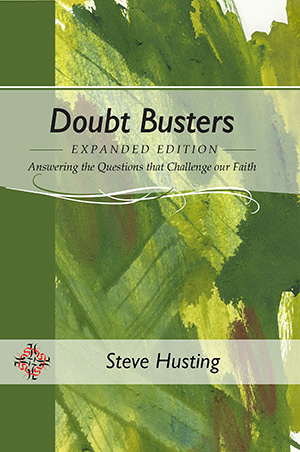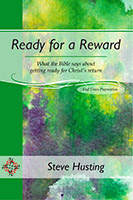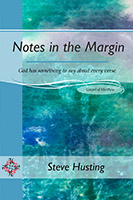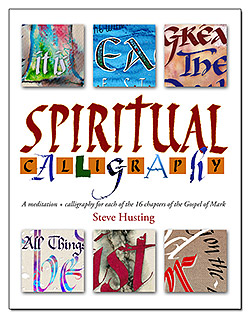Revelation chapter 12 is usually called by teachers and commentators a break, pause, or flashback as we jump back in time to the Satanic persecution of the Jews and the birth of Christ. But Jesus protects us from that thinking by dividing the book into three parts when He gave direction to John in Revelation 1:19: “Write the things which you have seen, and the things which are, and the things which will take place after this.”
With these words, Jesus divides Revelation into “the things which you [John] have seen,” which is the vision of Jesus in chapter one; “the things which are,” which refers to chapters 2-3, and “the things which will take place after this,” which is chapters 4-22. (Note that 4:1 begins with, “I will show you what must take place after this,” which begins the third section of the book.) So there’s no room in the three divisions for the past. We can’t place Revelation 12 before John’s vision of Christ.
Revelation 12 could take place before John’s encounter if Jesus had said, “Write the things which you have seen, and the things which are, and the things which will take place after this, and the things before My visit to you, and the things which will take place after this.” But that would be pointless, wouldn’t it? It pretty well sums up all of history past and all of the future. If He meant this, Jesus might as well have said succinctly, “Write the things that take place in the past, present, and future.” But then why bother to say it at all? By eliminating the times before His encounter with John, Jesus places the bulk of events of Revelation where they belong, each part in its own time. With this reasoning, there is no room for the past in the whole of Revelation. Continue reading →




